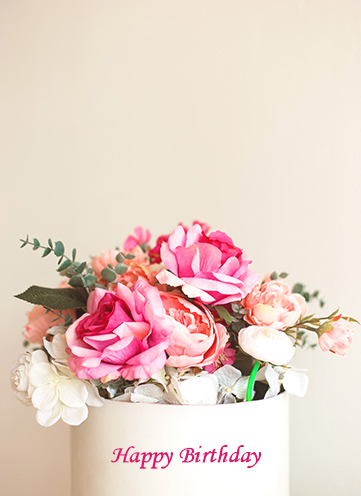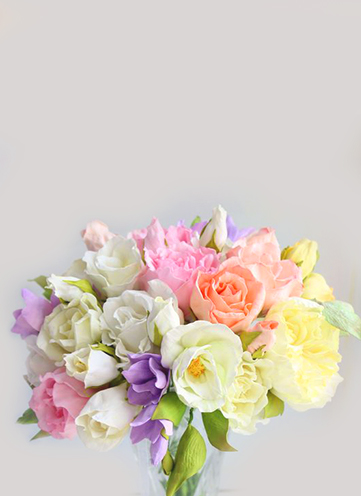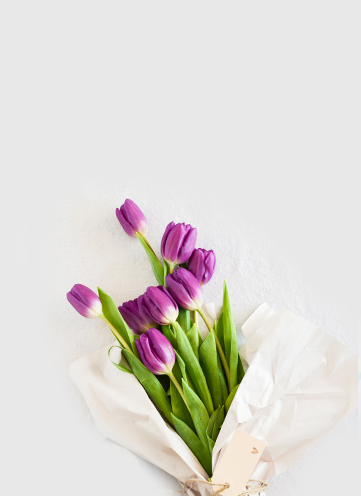Say Goodbye to Orchid Woes with Expert Care Tips
Posted on 21/08/2025
Say Goodbye to Orchid Woes with Expert Care Tips
Orchids are revered for their elegance and exotic beauty, gracing homes and offices with lush foliage and vibrant blooms. However, many plant enthusiasts find themselves battling common orchid troubles such as wilting leaves, faded flowers, or stalled growth. Thankfully, mastering orchid care transforms potential woes into pure delight. This comprehensive guide provides all you need to know to keep your orchids healthy and thriving. Say goodbye to your orchid problems--read on for expert care tips that will nurture your plants to blossom year-round!
Understanding Your Orchid: The Fundamentals
Before you can truly conquer orchid issues, it's critical to understand what makes your orchid unique. With over 25,000 species and more than 100,000 hybrids, not all orchids are created equal. The most commonly kept varieties include:
- Phalaenopsis (Moth Orchid) - Favored for their long-lasting blooms and ease of care.
- Cattleya - Known for their large, fragrant flowers.
- Dendrobium - Popular for their abundant blossoms.
- Oncidium (Dancing Lady) - Prized for their profuse and delicate flowers.
Understanding your orchid variety is the first step towards applying the right care methods. By tailoring your approach to your specific plant, you'll set the stage for both vibrant growth and abundant flowering.

Top Reasons for Orchid Woes--and How to Overcome Them
Even the most devoted gardener can encounter orchid woes. Here are the most typical problems and solutions recommended by experts:
1. Yellowing Leaves
This is often the first symptom when something's amiss. Causes can include:
- Overwatering - Excess water leads to root rot, making leaves yellow and limp.
- Inadequate light - Orchids require the right balance of indirect sunlight.
- Nutrient deficiencies - Missing out on essential minerals impacts foliage health.
Expert Tip: Let your orchid's potting medium dry slightly between waterings. Ensure the plant receives filtered sunlight and feed monthly with a balanced orchid fertilizer.
2. Dropping or Wilting Flowers
Nothing is more disheartening than watching beautiful blooms fade prematurely. The usual culprits:
- Sudden temperature changes - Orchids dislike cold drafts and rapid fluctuations.
- Dehydration - Insufficient water dries out delicate blooms.
- Old age - Remember, flowers naturally fall after blooming cycles.
Expert Solution: Maintain a consistent temperature (around 65-75?F/18-24?C) and boost humidity (40-60%) to keep flowers fresh longer. Mist the plant gently and avoid moving it during the flowering period.
3. Stunted Growth
Poor or halted growth usually signals a care or environment issue:
- Poor potting medium - Old or condensed medium suffocates roots.
- Lack of repotting - Orchids need repotting every 1-2 years to thrive.
- Insufficient nutrients - Orchids need more than just water and light.
Pro Tip: Repot your orchid every 18-24 months using a fresh, high-quality orchid bark mix. Consistent feeding with a dilute liquid fertilizer encourages healthy new shoots.
Creating the Perfect Orchid Environment
Growing vibrant, trouble-free orchids starts with recreating their natural habitat. Here's how to build an ideal environment and resolve common orchid care problems:
Lighting: Bright, Indirect Is Best
Orchids love indirect sunshine. Place them near an east- or south-facing window, but avoid harsh midday rays.
- Too little light: Leaves turn dark green, growth slows, and flowering dwindles.
- Too much light: Leaves become yellow or scorched, and flower buds drop.
Humidity: Keep It Up
Orchids hail from the tropics and crave moisture in the air. Maintain a humidity level of 40-60% around your plants.
- Humidifiers: An easy way to boost moisture indoors.
- Humidity trays: Place the pot above water-filled trays with pebbles (not soaking roots).
- Grouping plants: Multiple houseplants together increase local humidity.
Watering: Less Is More
Avoiding overwatering is perhaps the number one expert tip for orchid health. Different orchids have unique needs, but most prefer slight dryness over sogginess:
- Water only when the potting mix is almost dry.
- Use room-temperature rainwater or distilled water for the best results.
- Thoroughly soak, then drain--never let your orchid sit in standing water.
Temperature: Consistency Is Key
Flatlining your thermostat to 65-75?F (18-24?C) for most orchids keeps growth steady. Nighttime dips of 10?F often help initiate flowering, particularly in Phalaenopsis. Protect from drafts, especially in winter.
Fertilizing: Feed Sparingly
Just like in their native forests, orchids in your home need a supplemental feeding routine. Use a dedicated orchid fertilizer with balanced nutrients such as 20-20-20.
- Apply at half strength every 2-4 weeks during the growing season.
- Flush with plain water monthly to prevent salt buildup.
- Withhold fertilizer during periods of dormancy.
Potting and Repotting: The Expert Approach
Orchids are epiphytes, meaning they grow on trees, not in soil. That's why the potting medium is so important--it must drain freely and provide plenty of air for the roots.
Choosing the Right Potting Medium:
- Pine bark chips - The most popular base for healthy root aeration.
- Sphagnum moss - Excellent moisture retention but use sparingly to avoid sogginess.
- Coconut husk or perlite - Adds lightness and drainage.
Repot every 18-24 months, or when the medium breaks down or roots overgrow the pot. Never yank roots; instead, carefully trim rotted areas and ease out your plant.
Preventing Orchid Pests and Diseases
Even the finest care can't always keep pests or disease at bay. Early intervention is critical:
- Aphids - Tiny, green or black insects cluster on new growth.
- Mealybugs & scale - White, cottony clusters or brown bumps on stems.
- Fungal infections - Dark spots on leaves or roots, often due to poor air circulation.
Expert tips for orchid protection:
- Inspect your plants weekly--catch pests early before infestations explode.
- Wipe leaves regularly with a damp cloth to remove dust and potential invaders.
- Isolate new orchids for at least two weeks before introducing them to your main collection.
- Increase air circulation with a small fan if fungal issues are frequent.
Expert Orchid Care Tips for Long-Term Success
To truly say goodbye to your orchid woes, develop a routine based on observation and responsiveness:
- Observe regularly: Note changes in leaves, flowers, and roots for early intervention.
- Be patient: Orchids are slow growers--don't rush or over-tend them.
- Practice gentle touch: Rough handling causes stress and damages delicate tissues.
- Rotate: Give even light exposure to all sides for symmetrical growth.
- Stay consistent: Avoid drastic changes to the environment or routine.
Expert orchid care isn't about rigid schedules--it's about learning your plant's unique rhythms and responding thoughtfully.

Frequently Asked Questions on Orchid Care
How often should I water my orchid?
It depends on the species, environment, and season. Generally, water when the top inch of the potting medium feels dry. This could range from every few days in summer to every 10-14 days in winter.
Why aren't my orchids blooming?
Common reasons include insufficient light, low humidity, inadequate feeding, and lack of a nighttime temperature drop. Encourage blooms by optimizing lighting and fertilization and providing a subtle cool spell.
Can I grow orchids outdoors?
Certain orchids, like Cymbidiums and some Dendrobiums, can thrive outside in temperate climates. Protect them from extreme sun, wind, and frost. Always research your variety's specific needs before moving plants outdoors.
What's the best way to prune my orchid?
Remove spent flower spikes by cutting above a node for potential reblooming (Phalaenopsis) or at the base for other varieties. Always use sterilized scissors to prevent disease spread.
Conclusion: Say Goodbye to Orchid Woes for Good
Caring for orchids is a rewarding journey that, with a few strategic adjustments, can bring year-round beauty to your home. Identify your orchid species, provide gentle lighting and humidity, avoid overwatering, feed sparingly, and watch for pests. Most importantly, appreciate the gradual pace at which these exquisite plants grow and bloom.
By following these expert orchid care tips, you can confidently say goodbye to common orchid woes. Soon, your collection will reward you with luscious foliage and breathtaking flowers, making every effort more than worthwhile.
Ready to see your orchids thrive? Share your success stories and questions with fellow enthusiasts--and enjoy being part of a vibrant, orchid-loving community!
Latest Posts
Neighbourhood Spotlight: Best Florists Near [POSTCODE/NEIGHBOURHOOD]
Corporate Flowers for Offices in [BOROUGH/NEIGHBOURHOOD]: Our Recent Projects
Say Goodbye to Orchid Woes with Expert Care Tips





